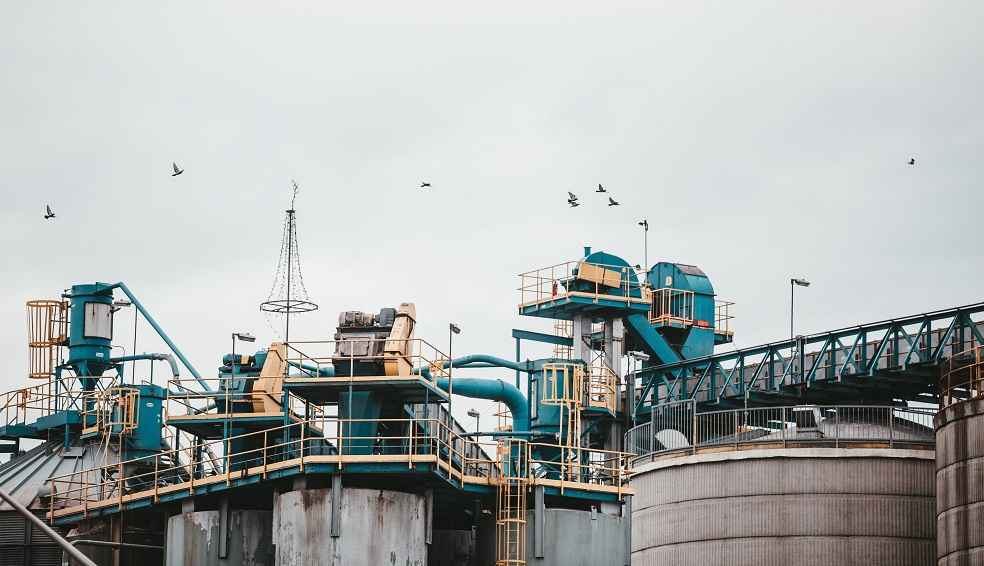Natural gas, once championed as a bridge between coal and renewable energy, finds its environmental impact under the microscope. These revelations could unsettle the energy strategies of nations relying on natural gas as a transition fuel.
Touted as a stepping stone towards cleaner energy, natural gas holds an essential place as solar array and wind farm constructions accelerate. It’s perceived as a cleaner stand-in for “dirtier” fuels like coal and oil. This argument seems sound on the surface, but the reality of its emissions complicates the picture.

Burning natural gas does lead to fewer conventional air pollutants, such as sulfur dioxide and particulates, than burning coal or oil. The specific quantity depends on a myriad of factors, including fuel properties, combustion technology, and maintenance and operation standards. Additionally, it releases less carbon dioxide per unit of energy, about half compared to high-efficiency coal technologies. These points argue for natural gas as a lesser evil.
New research complicates this favorable narrative, revealing substantial methane leaks from natural gas facilities globally. Methane, natural gas’s primary component, is a potent greenhouse gas, some 84 times more powerful than carbon dioxide over a 20-year period. This factor significantly undercuts natural gas’s standing as a cleaner fossil fuel alternative.
Expecting fossil fuel companies to self-regulate and control methane leaks might be an overreach. While some companies commit to 2025 methane reduction targets, a pressing need exists for robust regulations capping emissions levels and enforcing these caps.

Geopolitical elements add another layer to the discussion on the suitability of natural gas. With the escalation of the war in Ukraine, construction has commenced on about 20 liquified natural gas receiving terminals across the globe. This development translates to an increasing percentage of methane transported by sea, introducing new hurdles in emissions monitoring and control.
Given these insights, the effectiveness of natural gas as a bridge fuel for countries shifting from coal and oil remains uncertain. The answer largely depends on the pace of the transition and the nation’s renewable energy infrastructure. A slow transition requiring heavy investment in gas infrastructure might be counterproductive in the long run.
Falling renewable energy costs haven’t deterred some nations from investing in natural gas. Technological limitations and infrastructure demands of renewable energy sources are key reasons behind this seeming paradox.

Certain sectors, such as aviation, shipping, and some industrial sectors like iron smelting, still heavily depend on fossil fuels. Despite considerable research and development efforts, a stage where renewable energy can replace all fossil fuel use has not been reached.
Thus, the role of natural gas in the transition towards renewable energy is intricately complex. While it does hold certain advantages over other fossil fuels, its high methane emissions and the complexities of managing these emissions pose significant challenges. Nations must consider these factors meticulously while devising their energy transition strategies, prioritizing energy efficiency and harnessing renewable resources. The focus should remain not just on immediate impacts but also on long-term climate outcomes.
BUSINESS GENERAL: Japan, Backed by US, Urges India to Withdraw WTO Appeal



